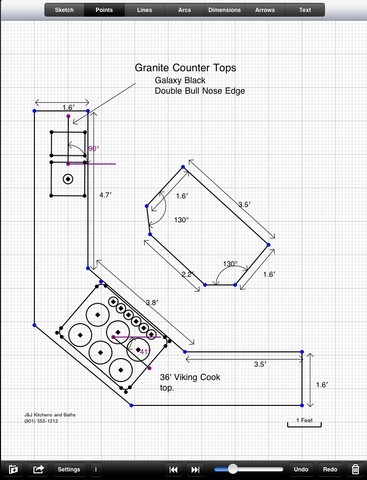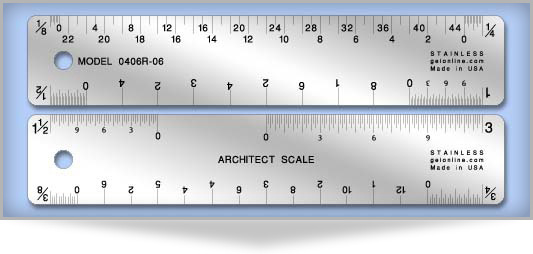

– 1/165”-1’-0” close to 1:2000 is a scale for figure ground drawings.

This scale can also be used for form-finding or even to explore three dimensional studies through physical models. 1/48”=1’-0” close to 1:500 works well for site plans or the placement of buildings on the site relative to its context. 1/16”=1’-0” close to 1:200 is good for the initial design process such as functional configuration or spatial articulation in section drawings. 1/8”=1’-0” close to 1:100 in metric scale works well in initial thought processes and works well for small scale buildings. I like to organize scales in architectural drawings into two types: – When the design ideas are clear, the scale of drawings should gradually increase allowing us to incorporate more information into our design. These scales allow me to explore various design solutions without becoming distracted by all of the details in the initial stages of my design process. Other times, I use 1:500 if a building is larger than usual. For example for 1:100 set 1cm1m, for 1:500 set 1cm5m. Enter the scale ratio in the dialogue box. Right click and choose the top option Change Scale Ratio and Precision. For example, to find the scale factor on a drawing equaling 1 on a building (1/16 1), start by inverting. Step Three: Turn your scale rule to the right scale for the drawing. You can quickly find the scale factor for an architectural scale by inverting the fraction, then multiplying it by 12 (inches/foot).

I normally use 1:200 in metric scale or 1/16”=1’-0” in architect’s scale if the building is not too large to initiate my design idea. Architectural scales often relate a measurement, in feet, of a building to inches on a drawing. – During the initial states of a design process, the scale of a drawing should be appropriate to the purpose of the intention of communication. Most likely, construction drawings will have a larger scale than design drawings. – The larger the scale of a drawing, the more information is needed to depict that particular drawing. In the built environment, it is an international standard that is utilized throughout all phases of a building from design to construction.īelow are some points of consideration that I normally abide by when drawing to a specific scale: In order to convey a building accurately in terms of proportion and dimension, a proportional measuring system known as scale is used. Scale is perhaps the most common element in any architectural drawing and absolutely necessary to learn in architecture school. In doing so, drawings can be studied comprehensively. In reality, buildings are much larger than the plans used to construct them therefore, we must reduce the drawing size appropriately in order to maximize readability and communication.


 0 kommentar(er)
0 kommentar(er)
